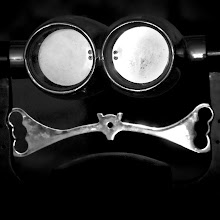 Human bones and ashes were found among the rubble of the crematorium dynamited by the fleeing Germans, in three paper sacks of the sort used for cement. The club was also found amid the rubble.
Human bones and ashes were found among the rubble of the crematorium dynamited by the fleeing Germans, in three paper sacks of the sort used for cement. The club was also found amid the rubble.It was used to torture and kill many prisoners and is made up of a wooden handle, woven metal cables and a metal prism.
What adds horror to horror is the little note informing visitors that the club was stolen in February 1981 by a group of people calling themselves "SAH - Squadre Adolf Hitler" (Adolf Hitler's squad). The club on display today is a replica of this object, made and donated in 2000.
part 1/2/3/4



































